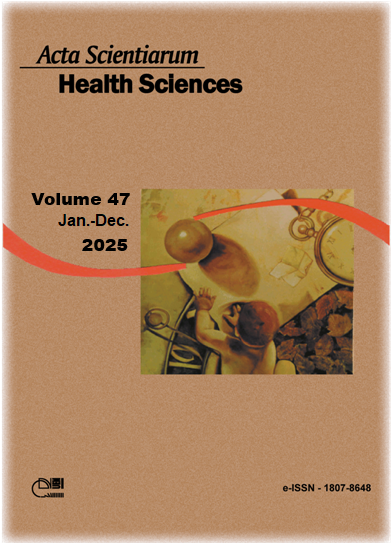Effect of vitamin D3 (cholecalciferol) supplementation in patients with HIV
Resumo
Human immunodeficiency virus (HIV) infection remains a global public health problem that affects thousands of people annually. One of the main comorbidities identified in HIV-positive patients undergoing antiretroviral treatment is insufficiency of vitamin D, a key hormone involved in physiological and metabolic processes in the human body. This review aimed to evaluate the importance of vitamin D3 supplementation in HIV-positive patients with serum concentrations below the recommended limits. The literature search included indexed articles published from 2015 to 2023. The article search strategy included the databases of the National Library of Medicine (PUBMED) and Scientific Electronic Library Online (SCIELO). Non-acquired immunodeficiency syndrome (AIDS)-related opportunistic pathologies are the main causes of morbidity and mortality despite the efficacy of antiretroviral therapy. Several studies have shown that hypovitaminosis D is diagnosed during HIV progression and may be associated with reduced survival rates, highlighting the importance of measuring vitamin D serum levels and providing exogenous vitamin D3 supplementationif needed for these patients. Several studies have pointed out the benefits of vitamin D3 supplementation in HIV-infected patients, independent of antiretroviral treatment, such as the reduction of inflammatory processes and mediators related to bone renewal, increase in CD4 + T lymphocyte count, and increase in antibacterial response against invading microorganisms. Given the importance of this disease worldwide, which is associated with a high number of deaths, there is justification for intensifying and deepening research on the potential and significant role of vitamin D3 supplementation.
Downloads
DECLARAÇÃO DE ORIGINALIDADE E DIREITOS AUTORAIS
Declaro que o presente artigo é original, não tendo sido submetido à publicação em qualquer outro periódico nacional ou internacional, quer seja em parte ou em sua totalidade.
Os direitos autorais pertencem exclusivamente aos autores. Os direitos de licenciamento utilizados pelo periódico é a licença Creative Commons Attribution 4.0 (CC BY 4.0): são permitidos o acompartilhamento (cópia e distribuição do material em qualqer meio ou formato) e adaptação (remix, transformação e criação de material a partir do conteúdo assim licenciado para quaisquer fins, inclusive comerciais.
Recomenda-se a leitura desse link para maiores informações sobre o tema: fornecimento de créditos e referências de forma correta, entre outros detalhes cruciais para uso adequado do material licenciado.























5.png)







